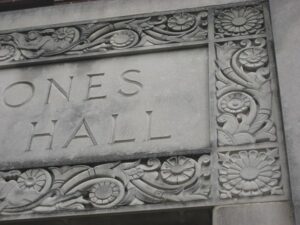If you spend any amount of time looking at public higher education funding, you’ll find an unfortunate trend. State funding for public two- and four-year institutions has dropped by $6.6 billion between 2008 and 2018. WCC did not lose state funding, but it has, in fact, experienced educational disinvestment.
Every time the Board of Trustees authorized the administration to issue bonds for capital projects and repay them using the General fund, that was educational disinvestment The Board can always seek tax assessments to pay for specific capital projects. That ensures a dedicated revenue stream to repay the bonds, and lowers the interest rate. By using general funds to pay debts, the Board put WCC at financial risk. It has created a structural debt for WCC. This educational disinvestment results in staff and program cuts to pay the College’s unnecessary debts.
Every new Vice President the administration hired or promoted represents educational disinvestment. When you look at the administrative structures of other community colleges, you see how excessive and expensive the administrative bloat at WCC really is.
Failure to maintain campus buildings adequately is educational disinvestment. Washtenaw County taxpayers have provided generously for WCC’s needs. Instead of spending money on facilities maintenance and upgrades, the Administration has redirected that money to other priorities. As a result, we have failing structures with failing systems. Each year that the Administration delays repairs, they disinvest in education.
Spending $1M operational dollars every year to pay the debt on a health club initially meant for WCC executives is self-inflicted disinvestment. WCC’s annual maintenance expenditures divert even more millions away.
WCC has experienced a massive educational disinvestment – not at the hands of the State – but rather at the hands of its own administration and its Trustees.
Photo Credit: Truthout.org , via Flickr


























